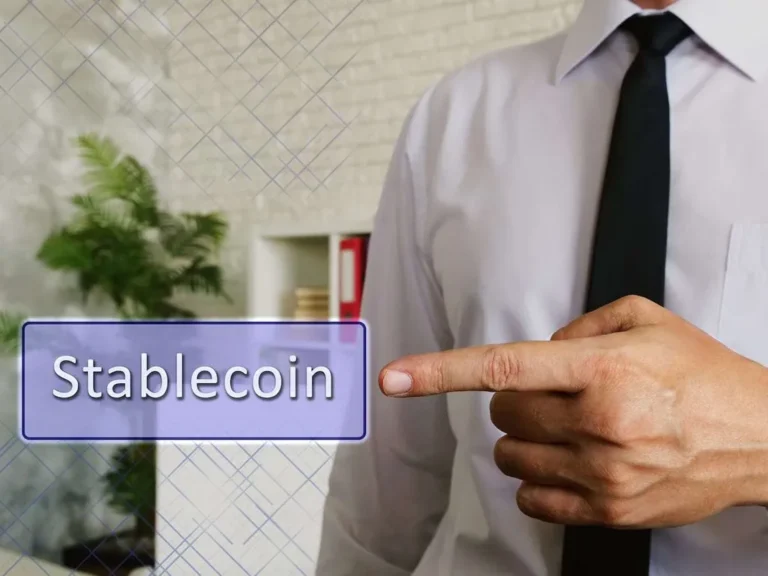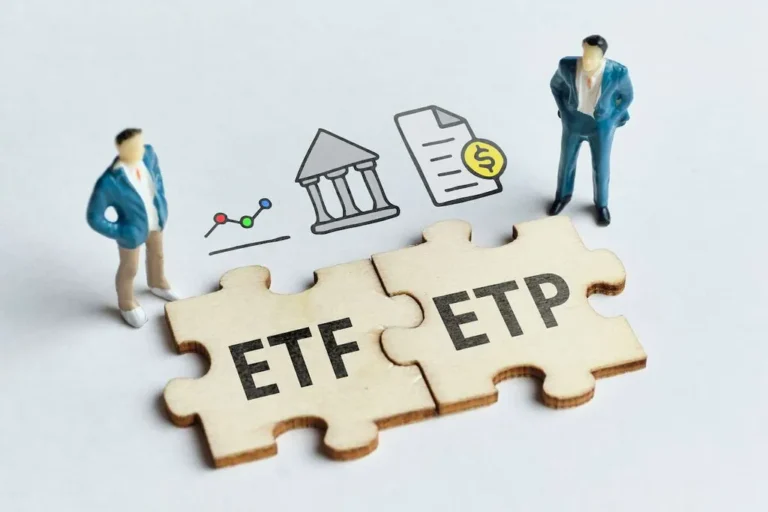DMA was significantly influential within the evolution of personal computers in the course of the Eighties, enabling quicker and more environment friendly knowledge handling for rising functions. Over the years, DMA has advanced alongside expertise https://www.xcritical.com/, changing into more refined and integral to trendy computing architectures. Understanding its historic improvement presents perception into how important DMA has been in shaping the environment friendly methods we rely on right now.
Disadvantages Of Dma Controller
Additionally, the mixing of DMA with rising technologies corresponding to non-volatile reminiscence express (NVMe) and high-speed community architectures will further improve its utility and performance. As methods turn out to be extra complex, the adaptability and efficiency of DMA shall be essential in meeting the demands of future computing environments, ensuring that it stays a cornerstone of environment friendly knowledge management. The knowledge switch course of in Direct Reminiscence Access (DMA) is both efficient and systematic. It begins when a peripheral device, such as a tough drive or sound card, must change information with the system’s memory.
The DMA controller can produce reminiscence addresses and launch reminiscence read or write cycles. It covers multiple hardware registers that can be read and written by the CPU. During memory access, data is learn from or written to specific reminiscence addresses as instructed by the DMA controller. The controller ensures that data is transferred accurately and promptly without requiring fixed intervention from the CPU. Dual-ended DMA is a direct memory access type the place information transfers can happen bidirectionally between the I/O system and reminiscence. Not Like single-ended DMA, which only permits information to flow in one course, dual-ended DMA allows simultaneous information switch in each instructions.

Equally, in shopper electronics, DMA helps high-speed data streaming for smooth audio and video playback. By minimising CPU involvement in routine knowledge management tasks, DMA conserves power, which is vital for battery-operated devices. Ultimately, DMA’s function in embedded methods is to streamline operations, enhance information handling efficiency, and make certain that units perform optimally in quite so much of settings. The DMA controller is a important part in the Direct Reminiscence Access process. It acts because the mediator between the reminiscence and peripheral units, managing data transfers without involving the CPU. The DMA controller has several channels, every able to handling a separate gadget or data stream.
DMA operations can be categorised into differing types based on information transfer methods. Internally, a multichannel DMA engine is often current within the gadget to carry out multiple concurrent scatter-gather operations as programmed by the software program. By doing so, DMA slashes latency, boosts throughput, and empowers multitasking prowess in servers, community gear, and storage techniques. Without DMA, your CPU could be caught in traffic gridlock, slowing operations and hindering overall system responsiveness.
It is usually employed within connections the place it facilitates speedy transfer of knowledge at a tempo between system reminiscence and peripheral, for instance on networks and in instances of storing units. The pc then informs the DMA controller on which handle to switch information from, how much data, and the place to retailer it. As Soon As the DMA controller is configured, the CPU triggers the beginning of the DMA switch. The DMA controller takes over and manages the info transfer process independently. NICs use DMA to maneuver data packets between the community and system memory, improving network throughput and reducing CPU load during high-speed knowledge transmission.

DMA is a crucial aspect of modern pc structure, particularly in systems that require environment friendly data switch between reminiscence and peripherals like disk drives, graphics playing cards, community playing cards, and audio devices. By offloading information switch duties from the CPU, DMA enhances total system throughput and efficiency. To carry out an enter, output or memory-to-memory operation, the host processor initializes the DMA controller with a count of the number of words to switch, and the reminiscence address to use. The DMA controller then provides addresses and read/write control strains to the system memory. Each time a byte of data is prepared to be transferred between the peripheral system and memory, the DMA controller increments its inner handle register till the full block of data is transferred. Many hardware systems use DMA, including disk drive controllers, graphics playing cards, community cards and sound playing cards.
Benefits Of Utilizing Dma

It allows input/output (I/O) devices to access the main system memory (random-access memory), impartial of the central processing unit (CPU), which hastens reminiscence operations. You can undertake the RDMA technology to enable computer systems in a community to change knowledge in the main reminiscence without involving the processor, cache or working system of either pc. However you can even use the DMA function to directly ship information from an attached system to the memory on the computer’s motherboard. In modern pc methods, transferring information between input/output units and memory could be a sluggish course of if the CPU is required to manage every step.

Multiple hardware techniques undertake Direct Memory Access, corresponding to disk drive controllers, graphics cards, network cards, and sound cards. Compared to computers without Direct Memory Entry channels, computer systems with DMA channels can transfer Yield Farming information between devices with much less CPU overhead. Upon receiving the DMA request, the DMA controller checks if the bus is on the market and then initiates entry to reminiscence.
One key benefit of bus grasp DMA is its ability to optimize memory entry patterns, thus enhancing speed and reducing latency in transferring data across different components throughout the pc system. Programmed I/O DMA is a technique the place the CPU directly controls data transfers between peripheral gadgets and memory. In this type of DMA, the CPU initiates each knowledge transfer by issuing instructions to move knowledge to or from memory. Unlike traditional DMA strategies, where just one system can entry the reminiscence at a time, interleaved DMA enables parallel knowledge transfers from multiple sources.
- Nevertheless, block mode DMA on an 8085 (with an external controller) is also mentioned.
- DMA mitigates these points by freeing the CPU from routine data administration duties, permitting it to concentrate on executing complex directions and bettering multitasking capabilities.
- It is vital to analyze the benefits and downsides of DMA in the context of a certain application or system.
- This function is carried out by the DMA controller, who, in fact does it sooner and efficiently, especially for bigger blocks.
Graphics cards utilize DMA to switch large amounts of information between the GPU and system memory, enabling high-performance rendering and gaming experiences. The major approach to differentiate DMA schemes is what occurs to the processor while the reminiscence is in use by one other gadget. An older processor is in all probability going to make use of block mode where the processor simply stalls whereas the reminiscence is in use.

